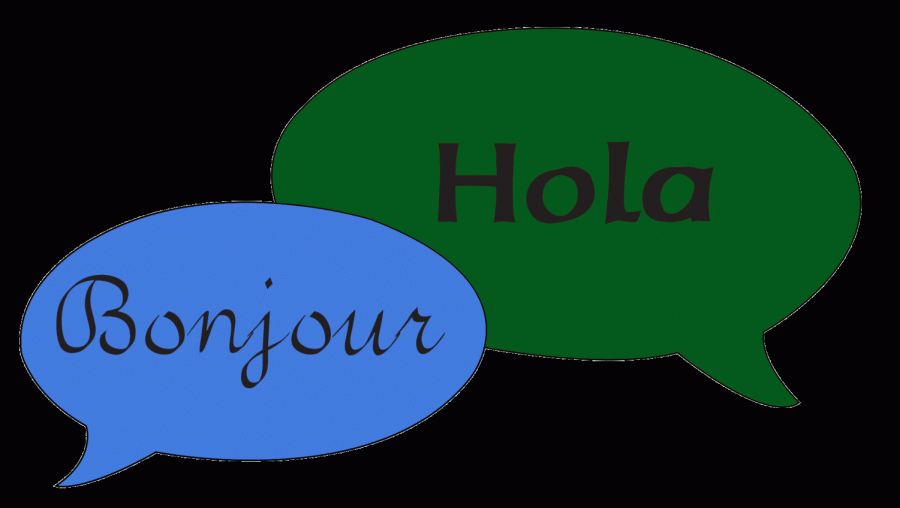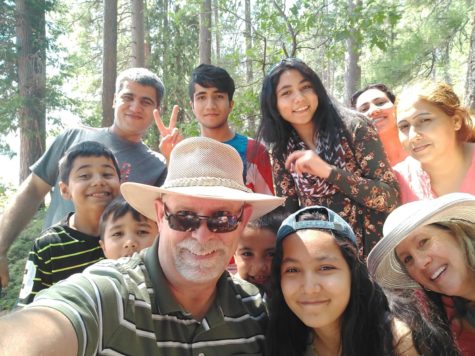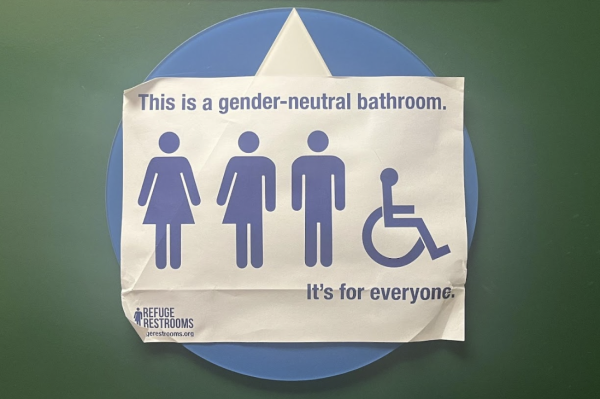Popularity differs between French and Spanish classes
The decision between which foreign language to choose is not as clear as previously thought
Learning a foreign language has always been a requirement to graduate from Granite Bay High School, and some students choose to further their language skills by taking Advanced Placement-level classes.
At GBHS, there are two languages taught, Spanish and French. Both languages have classes at levels 1, 2 and 3, and both go to more and more sophisticated levels as students advance.
After taking the third year of a language, students can choose to continue on to Honors Spanish or Honors French and eventually the AP level, which will earn a student the biliteracy seal upon graduation.
While both languages offered are respected for what they are and impact different students in numerous ways, the Spanish program has always been the more popular language on the GBHS campus.
“So much of the English language is based off of Spanish that learning vocabulary and being able to pronounce the words is easier,” said Laura Berthelsen, an AP Spanish student. “I do know some students who take AP French, though, and enjoy it.”
The numerical difference in enrollment in AP Spanish and AP French classes shows how many more students choose the path of Spanish.
“The classes are vastly different,” said Jennifer Hill, who teaches AP Spanish. “The one AP French class (has) around 15 students versus the 80 students enrolled in AP Spanish.”
However, a simple number does not portray how much a language can impact students. Those involved in the French classes at GBHS often enter feeling nervous, but come out with positive results.
“A lot of students believe that French is the harder of the two languages at GBHS, and that’s a myth that we’ve been trying to stop for a long time now,” French teacher Celine Geneve-Brown said.
The French department has been attempting to squash this myth for numerous years, because according to teachers and students, in reality French is not significantly harder than Spanish.
“The course materials are presented roughly the same way for all levels of both classes,” Hill said. “What it mainly comes down to for differences in the languages is the topics such as pronunciation and accent marks.”
When it comes down to facts, students have their free choice of what language they wish to learn, but the myth of one being easier than the other isn’t accurate.
“(French) really isn’t that bad,” Geneve-Brown said. “And people understanding that would possibly get more students into the program.”













